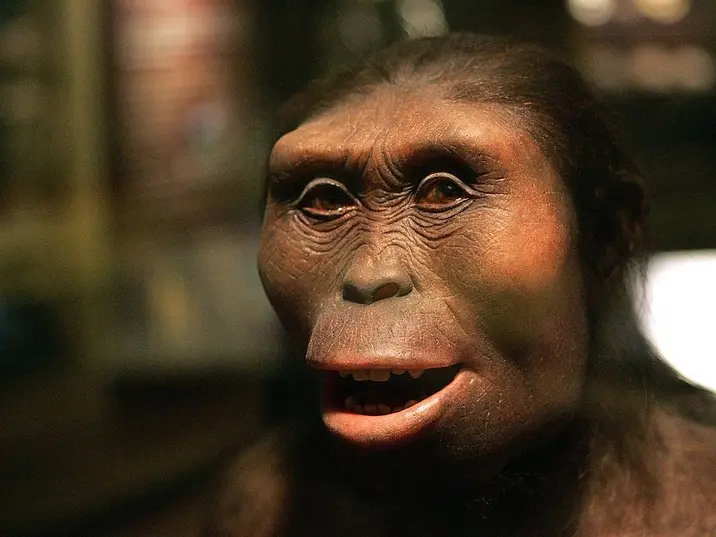T4K3.news
Proteins Extend the Human Evolution Narrative Beyond DNA
Ancient proteins are opening new windows into our distant past as DNA fades with time.
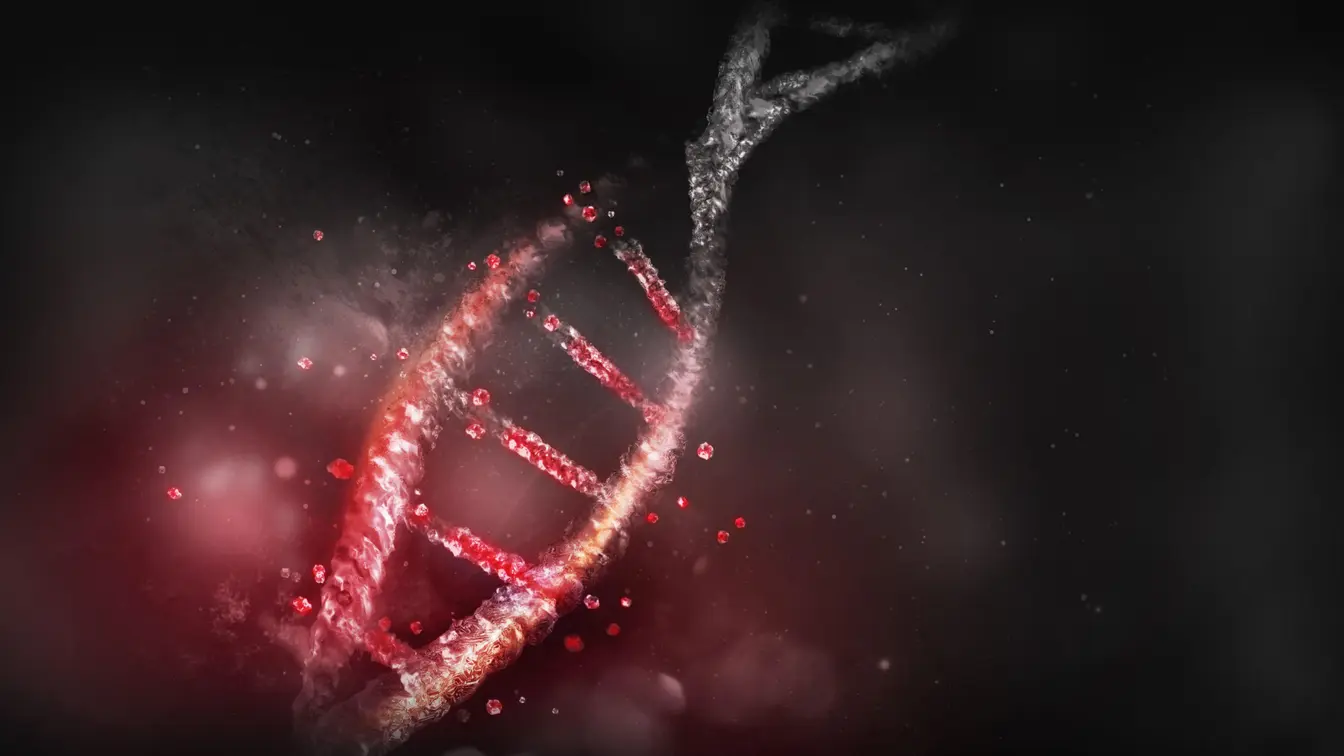
Ancient proteins may fill gaps left by DNA decay, offering new insight into human evolution.
Proteins Extend the Human Evolution Narrative Beyond DNA
DNA begins to break down after death, and its information fades quickly. Paleoproteomics studies ancient proteins that last longer and can reveal details about early human relatives. The field has produced milestones, from a 43,000-year-old mammoth proteome to recent work on 21-million-year-old fossils, and it holds promise for pushing our knowledge beyond where DNA survives.
In Africa, where most human evolution occurred, proteins from teeth and enamel are helping scientists test who was related to whom. Researchers have recovered proteomes from Paranthropus robustus and Australopithecus africanus, and other ancient hominins. Still, the enamel proteome is tiny, and scientists caution that results are provisional and depend on samples, methods, and context.
Key Takeaways
"Proteins are long-lived biomolecules capable of surviving over millions of years"
Christina Warinner and colleagues on why proteins endure
"Africa is the center of our evolutionary past, and we don't have ancient DNA in Africa beyond a scale of maybe 20,000 years at this point"
Adam Van Arsdale on DNA gaps in Africa
"Whether or not we can say more about hybridization is a good question"
Rebecca Ackermann on limits of proteomics for hybridization
The shift from DNA to protein-rich evidence changes how we study deep time. It introduces new biases and uncertainties but also opens access to data previously unavailable.
This approach pushes debates about lineage and migration in Africa and elsewhere. It invites funding and careful interpretation as scientists map how early humans diverged while expanding the tools we use to read the past.
Highlights
- Proteins outlive DNA and keep history alive.
- Africa holds the clues long after DNA fades.
- Enamel proteins may rewrite our family tree.
- The next twenty years could redraw human origins.
Scientific uncertainty and data limitations risk misinterpretation
Paleoproteomics offers new clues, but the enamel proteome is small and preservation varies. The method may misclassify relationships or gender due to limited data and potential contamination. Relying on proteomes could bias our view toward well-preserved sites and Africa, leaving gaps in other regions.
As methods evolve, the past keeps speaking through new kinds of evidence.
Enjoyed this? Let your friends know!
Related News
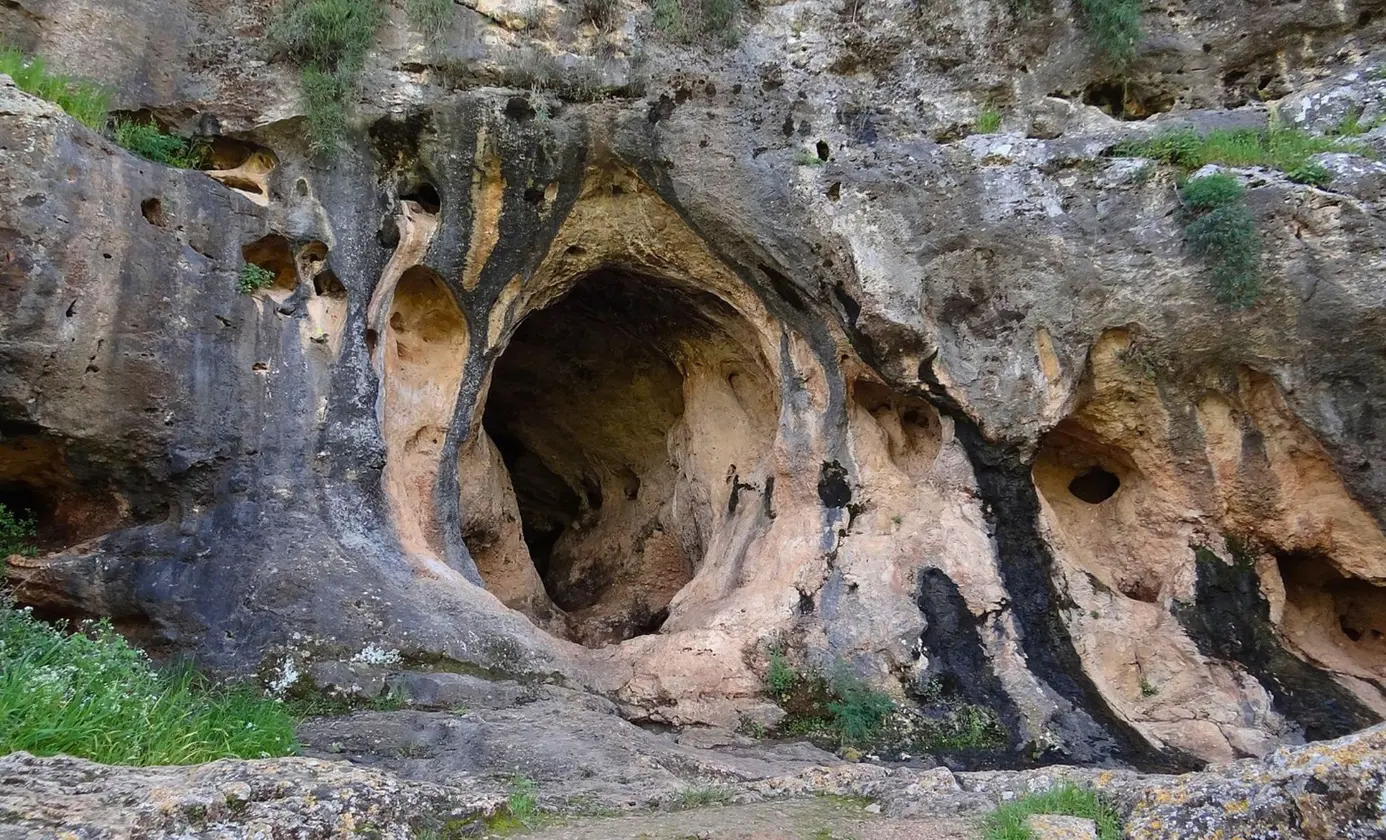
Ancient Child Skull May Change Our View of Human Evolution
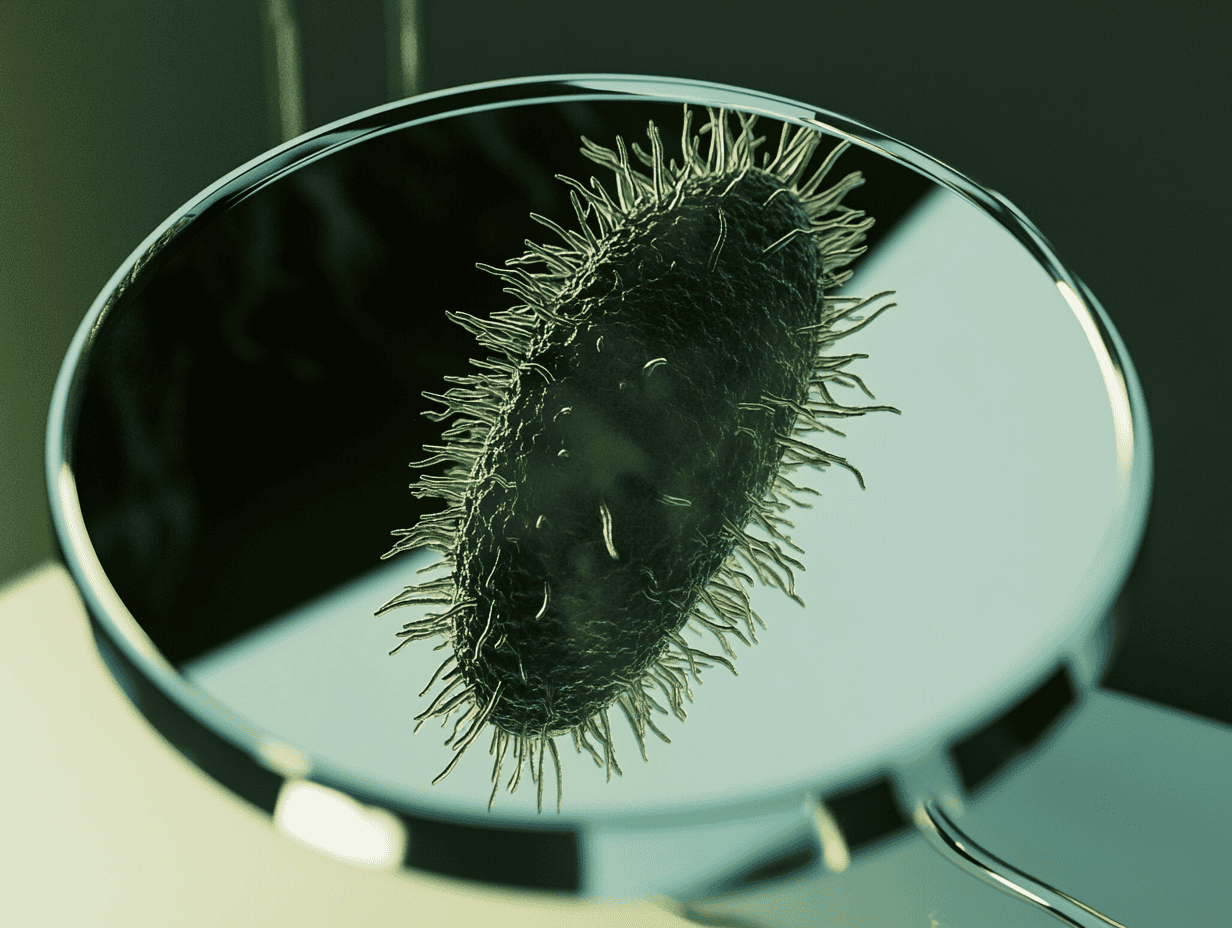
Call to halt mirror life research

Psilocybin shows promise as an anti-aging treatment

Scientists identify a new human species named Homo juluensis
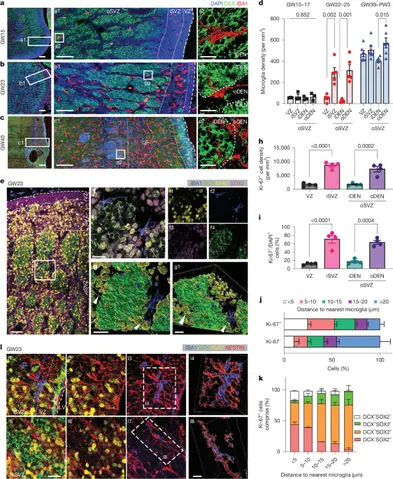
Study reveals microglia regulate GABAergic neurogenesis

Madeleine Beekman releases new insights on language evolution

Video game prequels redefine the series

Longevity expert shares 10 health supplements
